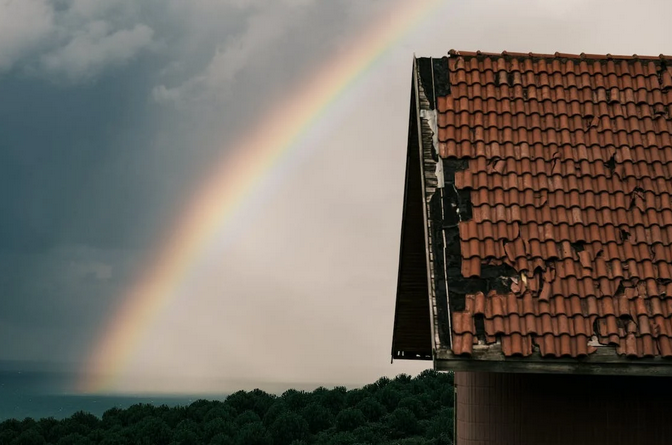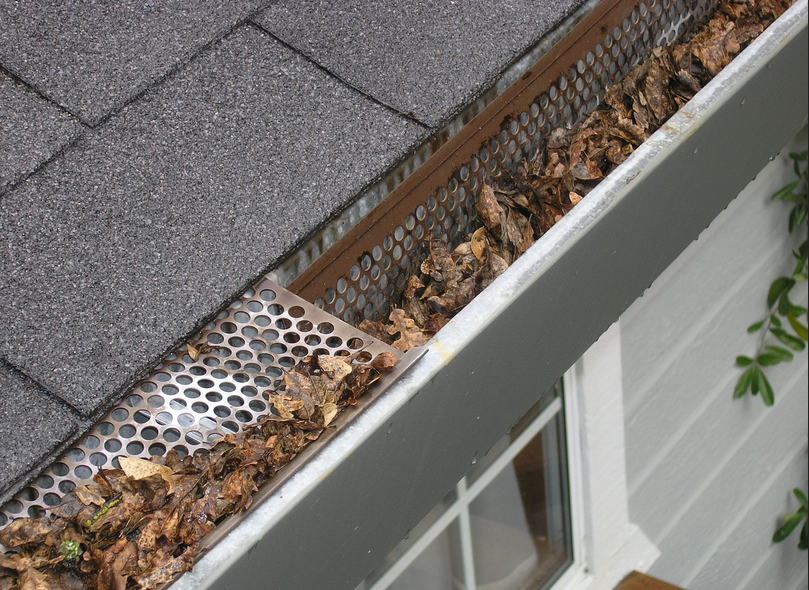Are you tired of finding puddles on your living room floor every time it rains? Dealing with a leaky roof can be frustrating and expensive, but fear not. We will dive into the top causes of roof leaks to help you identify the culprit behind those pesky drips.
From damaged shingles to clogged gutters, we will explore all the common issues that could be wreaking havoc on your home’s defense against Mother Nature.
Damaged Roof Shingles

Roof shingles play a vital role in keeping your home dry. When shingles become damaged due to age, weather exposure, or physical impact, they lose their ability to repel water effectively. Missing or cracked shingles create openings for water to infiltrate, leading to leaks. Inspect your roof periodically for signs of damaged shingles, such as cracks, curling, or missing pieces. Replacing or repairing damaged shingles promptly can prevent leaks and extend the life of your roof, but note that this is something that only professionals should handle. Leaking roof MN, fortunately, will immediately send professionals to do the job for you.
Flashing Issues
Flashing is the metal or plastic material installed in vulnerable areas of your roof, such as around chimneys, skylights, vents, and roof intersections. Its purpose is to create a water-resistant barrier. If flashing becomes damaged, loose, or corroded over time, it can allow water to penetrate and cause roof leaks. To prevent flashing-related leaks, inspect these areas regularly for signs of damage or deterioration. If you notice any problems, it’s crucial to repair or replace the flashing to maintain the integrity of your roof.
Ice Dams
In cold climates, ice dams can be a significant cause of roof leaks. Ice dams form when heat from your home melts the snow on your roof, which then refreezes at the eaves, preventing proper drainage. As the ice dam grows, it can force water under the shingles, leading to leaks. To prevent ice dams, ensure your attic is properly insulated and ventilated to maintain a consistent temperature on your roof. Additionally, you can use a roof rake to remove excess snow from your roof after a heavy snowfall.
Poorly Maintained Gutters

Gutters are essential for directing rainwater away from your roof and foundation. When gutters become clogged with debris like leaves, sticks, or dirt, they can’t perform this function effectively. The accumulated water can overflow and run down the sides of your house, potentially seeping under the shingles and causing roof leaks. Regularly clean your gutters to ensure they remain free from obstructions and function correctly. It’s also a good practice to inspect for any gutter damage, such as sagging or loose sections, and repair or replace as needed.
Tree Limbs and Debris
Overhanging tree limbs can pose a threat to your roof. Falling branches, leaves, and debris can damage shingles, create blockages in your gutters, and even puncture your roof’s surface. Inadequate tree maintenance can result in roof leaks. Regularly trim overhanging tree limbs to prevent them from coming into contact with your roof. This not only reduces the risk of roof damage but also enhances the safety of your home during storms.
Aging Roof
As with any part of your home, roofs have a finite lifespan. Over time, exposure to the elements, UV radiation, and temperature fluctuations can cause roofing materials to deteriorate. The older your roof becomes, the more susceptible it is to leaks. Regular roof inspections and maintenance are crucial to extending the life of your roof. If your roof is approaching the end of its expected lifespan, consider roof replacement rather than constant repairs.
A leaking roof can lead to costly damage and inconvenience if not addressed promptly. By understanding the common causes of roof leaks, you can take proactive measures to maintain the integrity of your roof and prevent water infiltration. Regular inspections, proper maintenance, and timely repairs are key to keeping your home dry and safe. Remember that when you spot signs of a leaking roof, addressing the issue early can save you from more extensive and expensive repairs in the future.
